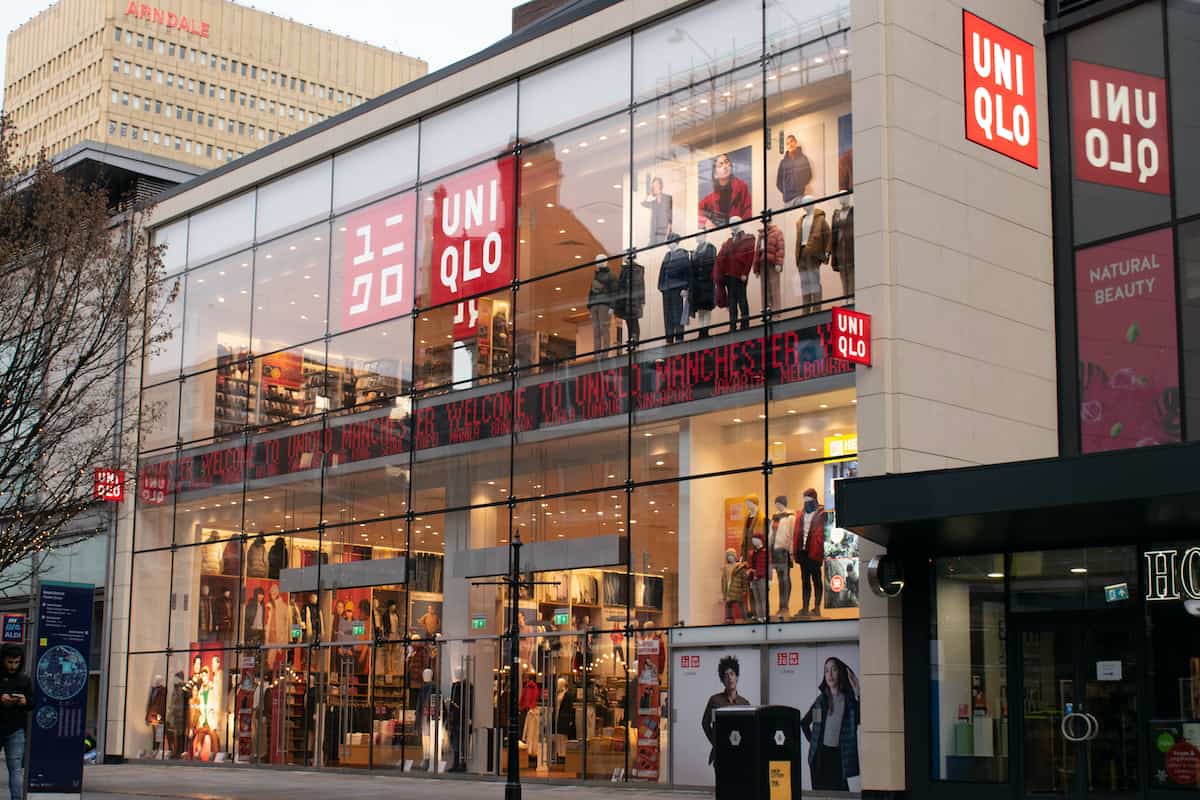The COVID-19 pandemic has dramatically altered the way we have lived our lives over the past year, and in the process prompted many to acquire habit-forming purchase behaviors that are poised to have lasting impacts on the sales performance of select categories.
As vaccine rollouts progress and shoppers begin returning to brick-and-mortar stores more frequently, some pandemic-related consumption shifts will fade while some will have a lasting impact on purchase behaviour.
To get an early read on what purchase patterns are expected to stick, NielsenIQ recently examined millions of brick-and-mortar and online shopping occasions to identify which categories have shown a consistent level of increased purchasing over the 14 four-week periods since the start of COVID.
The insights revealed sustained purchasing changes (which are measured over 7 months or more as having consistently higher than average growth in shopping occasions versus pre-pandemic periods) that can be viewed in four sustained growth themes that have developed in the last 12 months.
Higher expectations for convenience
After a year of mass disruption, consumers are looking for ease and convenience to simplify their lives. The pandemic highlighted the role convenience plays in daily routines, and many have adopted “the simpler the better” mantra as words to live by.
Not only did COVID-19 change how consumers shop, but also what they put into their shopping carts, beginning in the frozen food aisles, where consumers returned to shopping in a big way. According to the Power of Frozen 2021 report released earlier this year by the American Frozen Food Institute (AFFI) and FMI — the Food Industry Association, the pandemic spiked demand for frozen food of every kind, with NielsenIQ data showing a 2020 year-over-year jump of 23% and sales of more than $66 billion.
As one of the fastest-growing categories this past year, there are clear signs that the trend toward frozen foods will continue to grow beyond the pandemic. “Frozen foods [were] a pandemic powerhouse, ringing in $65.1 billion in retail sales in 2020, a 21% increase compared to a year ago,” said AFFI president and CEO Alison Bodor, who noted that 2020 frozen food sales grew in both dollars (+21%) and units (+13.3%), with nearly all types of frozen foods seeing double-digit sales increases.
A Generation of Germaphobes
Cleanliness and hygiene took top priority throughout the pandemic, when disinfecting surfaces and hands were paramount for the average person. The heightened fear of germs vaulted cleaning supplies like multipurpose cleaners, disinfectants and hand sanitizers to record levels. And with a rising number of self-described germaphobes emerging, chances are good that the more clean-conscious mindset that has taken hold will remain in place long after the pandemic.
While hand sanitizer sales skyrocketed 357% online, the top categories that have shown consistent growth in-store throughout the pandemic includes multipurpose cleaners (+32%) and kitchen and bathroom sanitizing products and concentrates (+29%).
Beyond sanitizing kitchens for virus-fighting concerns, the demand for cleaning products was also driven by continuous at-home eating, which requires more post meal clean-ups, and in turn, more products such as scrubs, wipes and cleansers. Further, homebound lifestyles also drove demand for bathroom cleaners, floorcare and, of course, paper products. However, as people begin shifting to their former pre-COVID behaviors, a more normalized trend can be seen on the horizon as it relates to cleaning and paper products, according to NielsenIQ’s Carman Allison, VP of consumer intelligence.
During his recent “A Cleaner View of the Omnishopper’’ presentation at ECRM’s Household Cleaning, Paper and Food Storage program, Allison said the buying behaviors of constrained consumers will likely be significant in terms of which cleaning products will remain in high demand. To provide some context,NielsenIQ identifies constrained consumers as having experienced a decline in household income that requires them to consciously watch their spending. “While keeping in mind that their spending power is not as strong as other segments,” said Allison, “we can expect to see constrained consumers looking for more value, whether it’s private label or multipurpose cleaners that can be used to clean different surfaces around the house.”
Experimental eating
Although the pandemic substantially shifted lifestyles during the past 15 months, it presented shoppers with the opportunity to experiment with new foods, flavors, ingredients and recipes they have traditionally avoided due to a lack of familiarity, experience and confidence with preparation and cooking techniques.
Seafood, plant-based meat alternatives, fresh herbs and marinades have all shown consistent in-store growth throughout COVID and many industry experts foresee staying power for each.
Beyond the kitchen, shoppers adopted a do-it-yourself (DIY) approach to beauty and personal care throughout the pandemic and have been experimenting with new products and looks that enhance their natural beauty rather than mask it. And, according to NielsenIQ’s Summer Covid Survey, shoppers show no signs of slowing down with 15% of U.S. beauty consumers cutting their own hair, 19% embracing a more natural look and 26% wearing less makeup overall.
Beauty and personal care saw strong online penetration prior to the pandemic, however the pandemic-related boom in online shopping propelled this trend even further and DIY categories like nail grooming (+144%) and hair removal (+158%) saw triple digit growth in online orders. Although there was far less of a need to purchase and wear cosmetic products during the height of the pandemic, leading to steep in-store declines for categories like cosmetics and fragrances, consumers’ reprioritized sense of self care, coupled with their increased reliance for online shopping enabled the beauty and personal care segment to finish off 2020 with 16% dollar growth.









